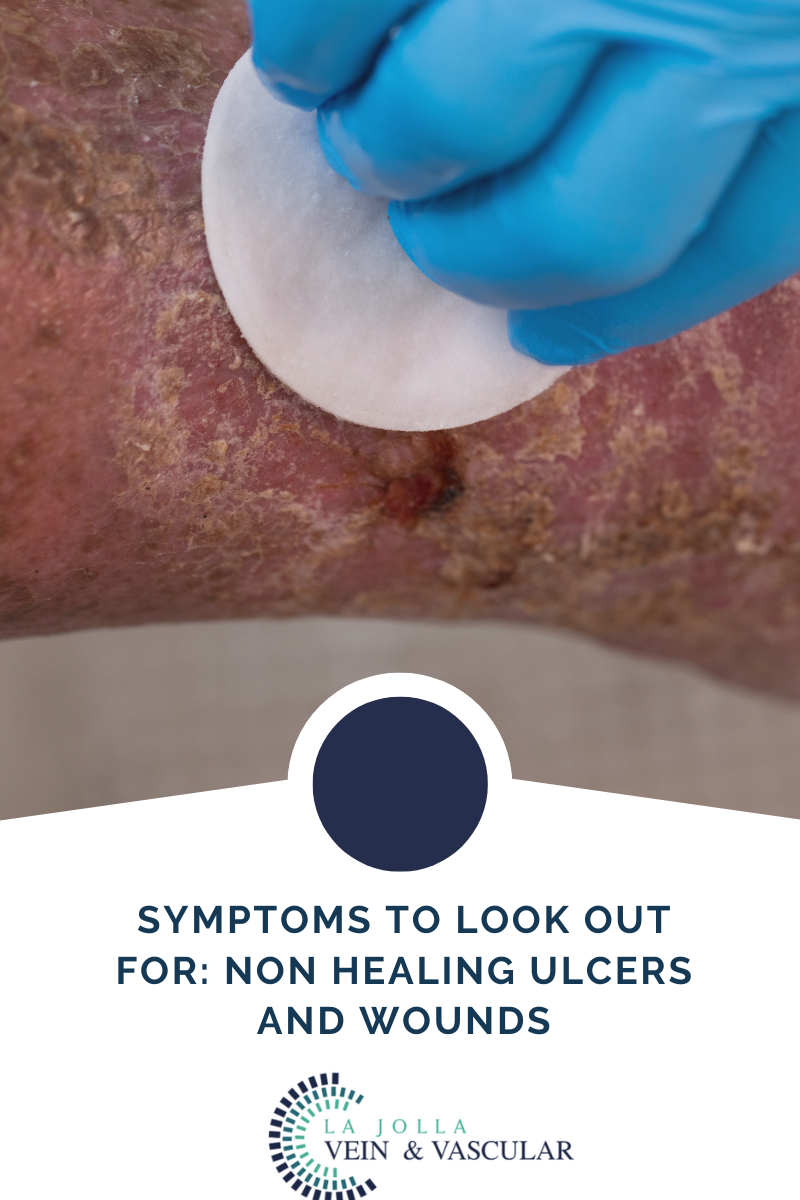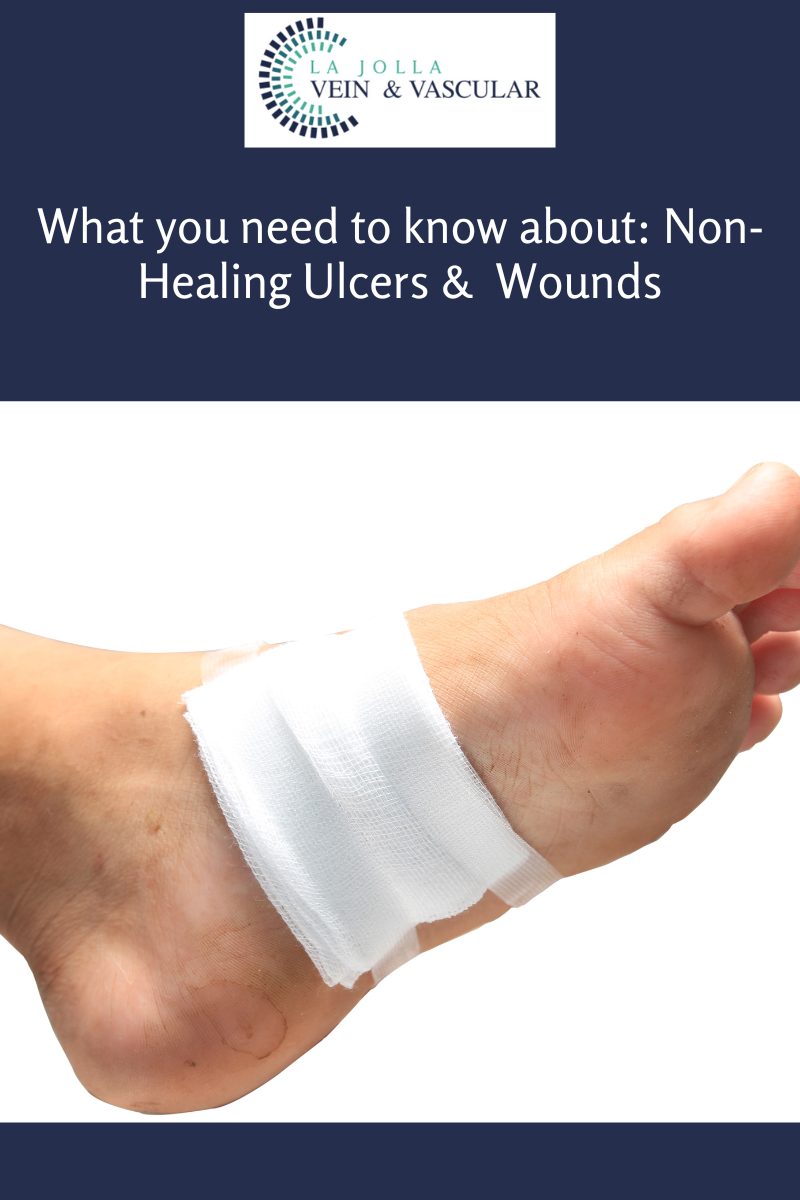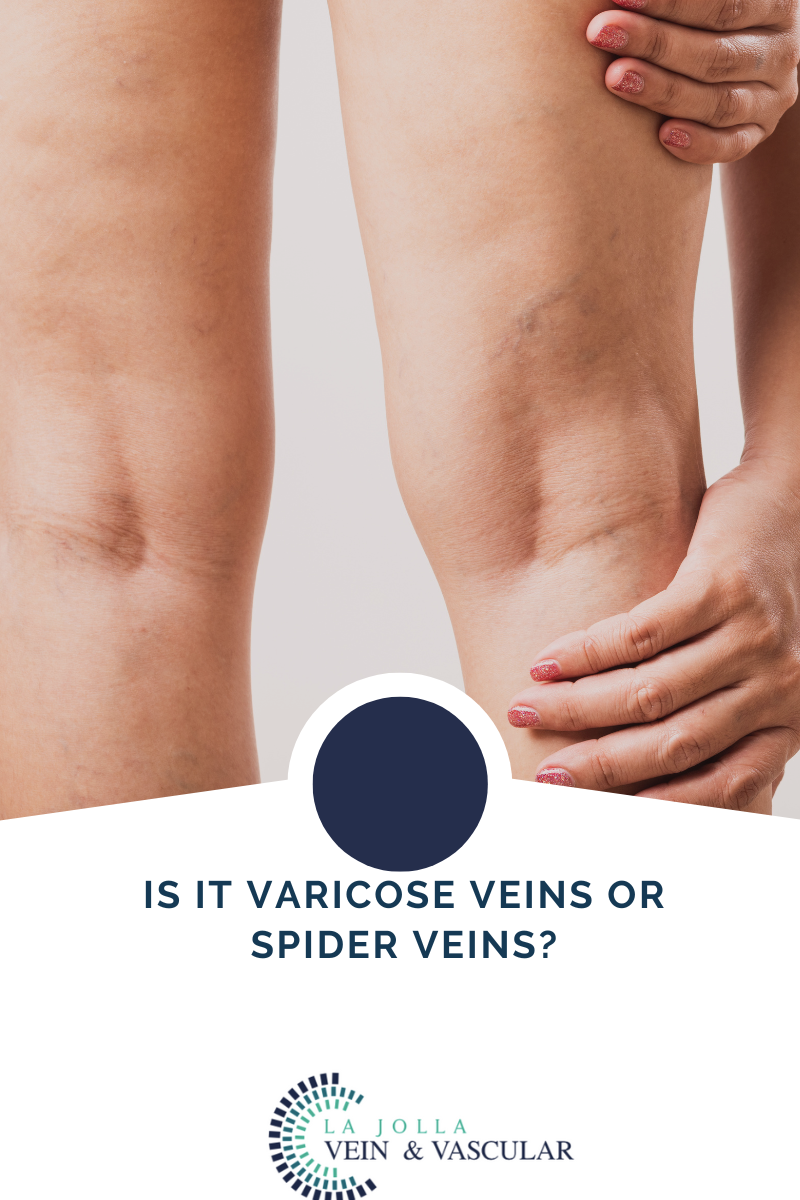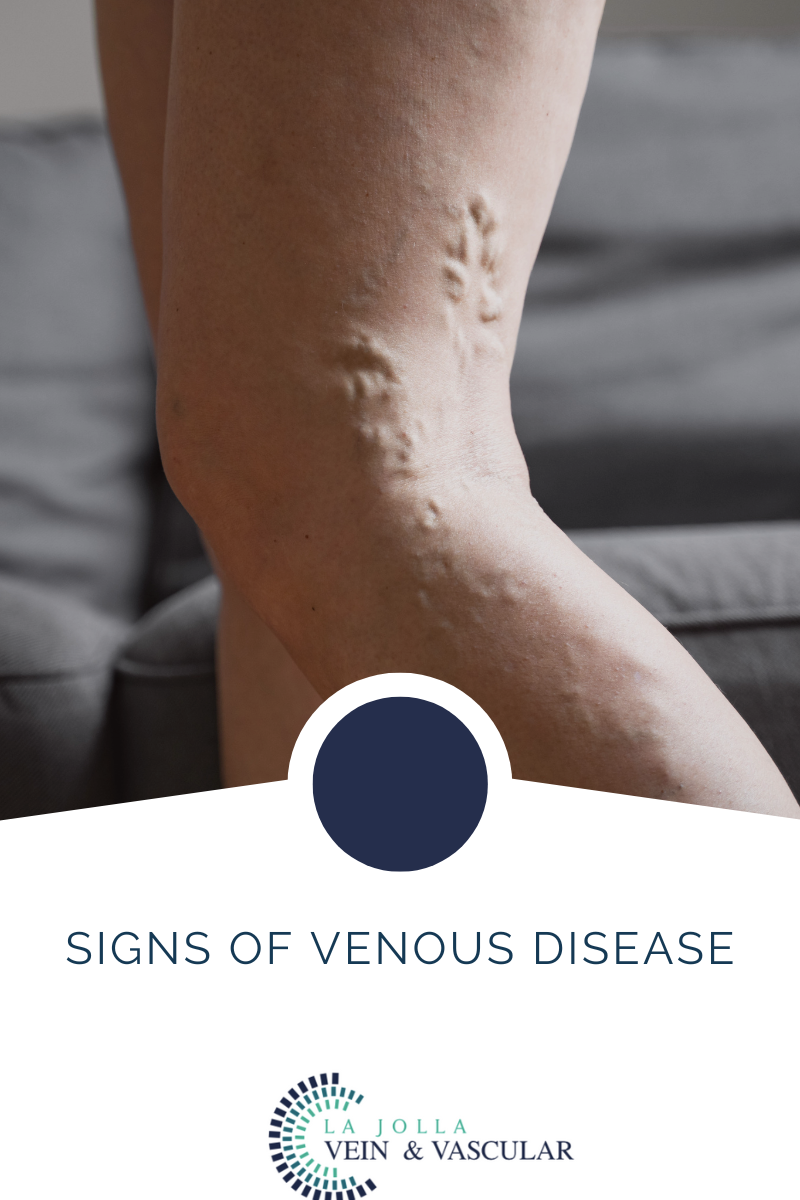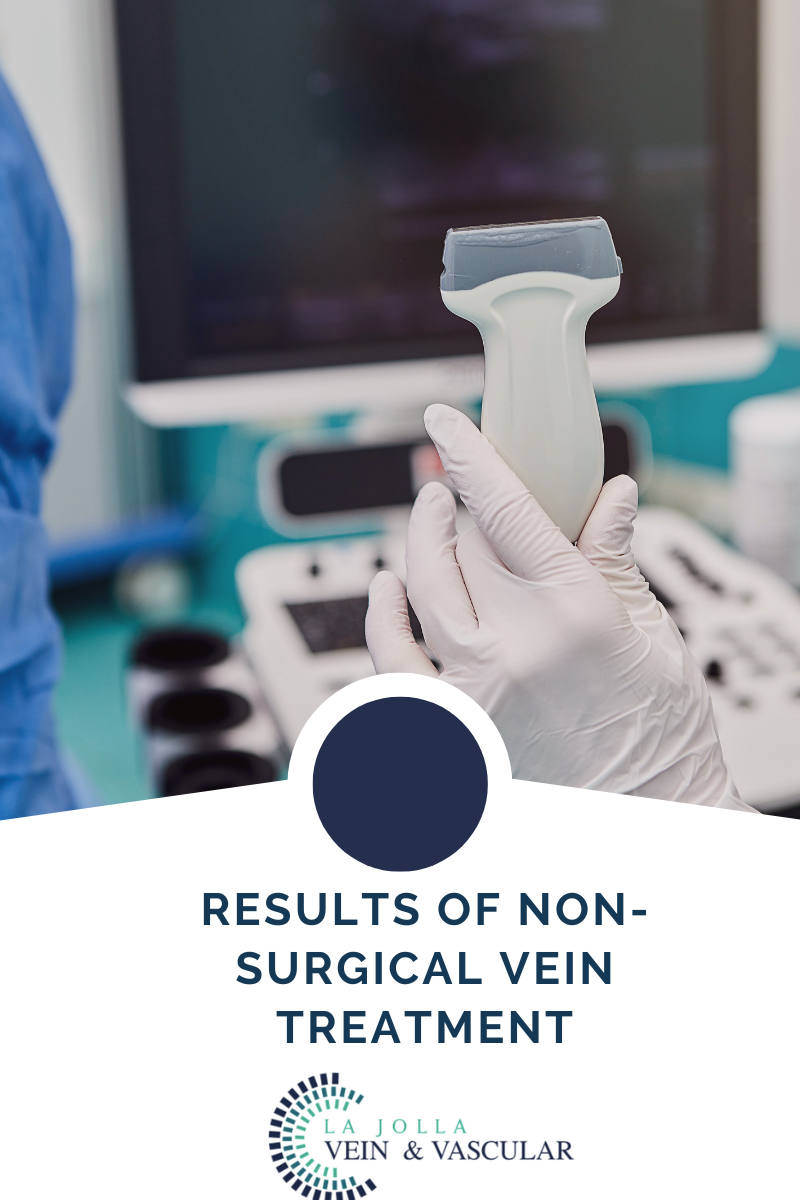Symptoms to look out for: non healing ulcers and wounds
LJVascular2022-08-18T15:54:57-07:00Symptoms of Non-Healing Ulcers
As we’ve seen, there is a very wide range of causes that may contribute to the formation and persistence of non-healing ulcers. It follows that the methods or treatment options at the disposal of healthcare professionals will also be varied.
You […]

